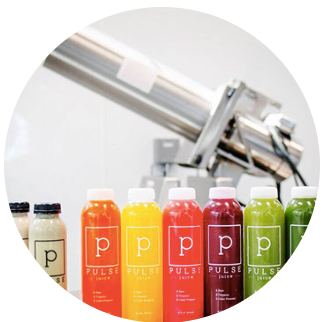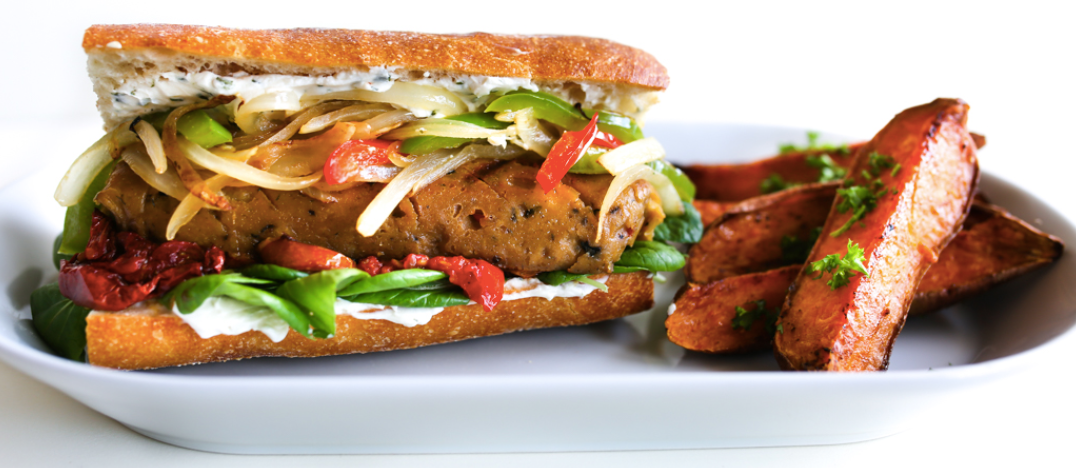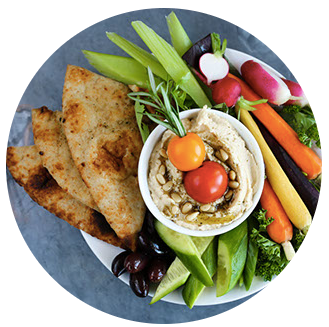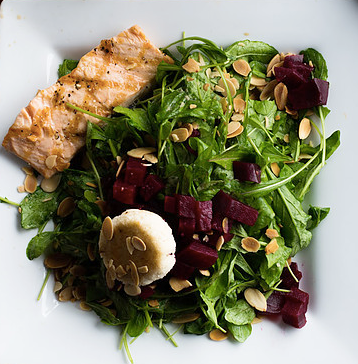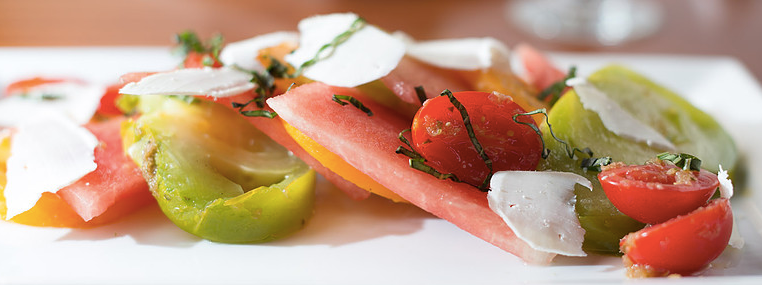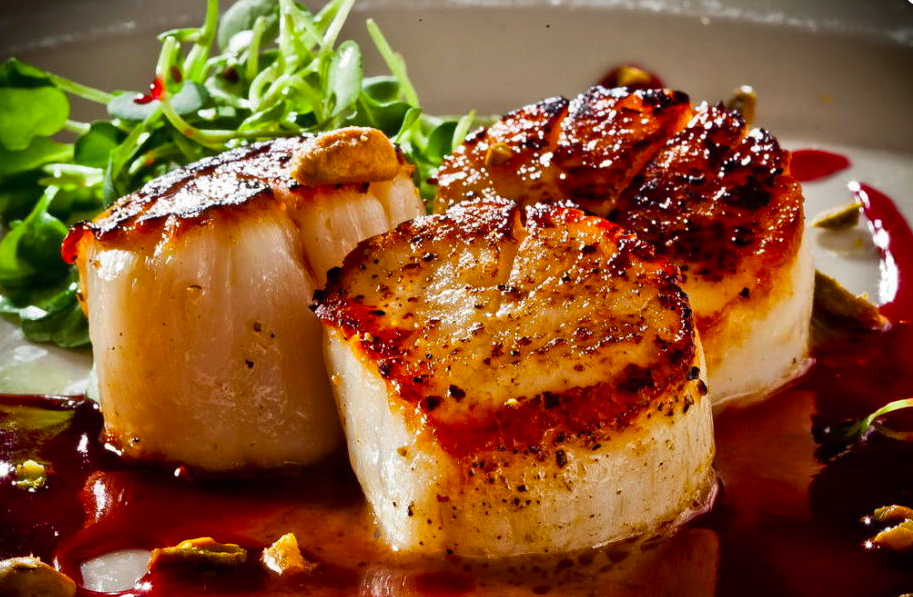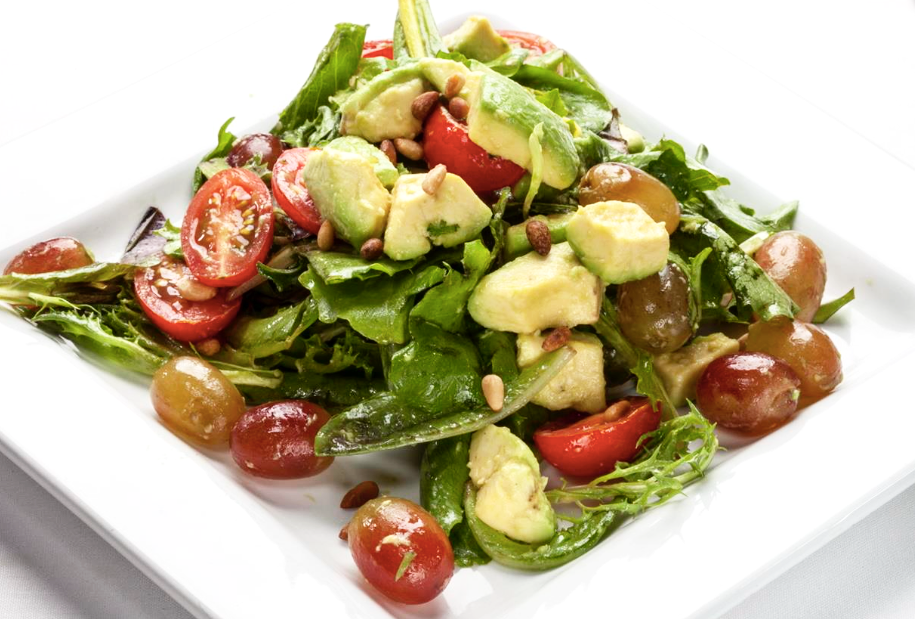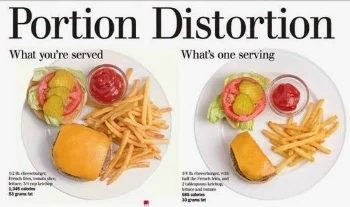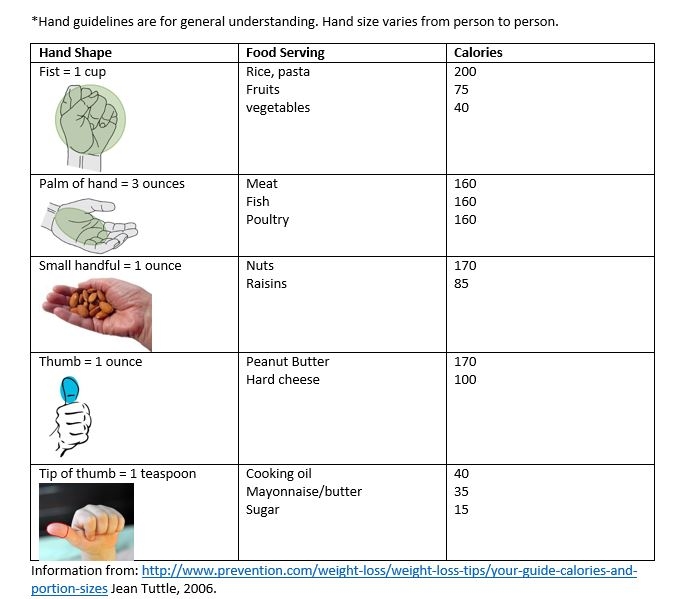Honesty time. The vast majority of us are not professional athletes or training for the Olympics, so a perfect diet is not necessary 100% of the time. However, it’s still important to keep balance in mind. Especially when someone else is cooking and controlling portion sizes. (aka dining out).
http://dailyhive.com/vancouver/dining-out-for-life-vancouver-2017
Tip #10 – Include a Stroll
Find a tasty restaurant near a park or outdoor mall that way you can enjoy the fresh air while taking a nice stroll with family or friends. If it’s reasonably close, maybe consider walking to and from the restaurant?
Tip #9 – Smart Salads
Selecting a salad to eat before your entrée or as your entrée may seem like a healthy choice but sometimes they can be loaded with trans-fat, saturated fat, and/or added sugar (bacon, creamy dressings, sugar coated nuts, fried protein/chips, sweetened dried fruits, macaroni salads etc.) Pinpoint salads with whole foods like beans, fresh fruit, eggs, veggies, plain or roasted nuts, olives, tofu, grilled protein etc.
Tip #8 – New or unfamiliar restaurant? Read the menu beforehand.
Reading the menu online before you get there allows you to focus on the details of the dish descriptions. Whereas when you’re already at the restaurant reading an unfamiliar menu, you may be distracted by your pleasant company and might not give the menu a thorough enough read to find the healthiest options. If you really want to read the ingredients of each meal thoroughly, most restaurants have nutrition facts available online.
Tip #7 – Zero Calorie Beverage
Water (with or without lemon), Seltzer, Unsweetened Iced Tea, Coffee. These options will hold you over until your meal arrives without adding extra empty calories. But I’m all for having an alcoholic drink for celebrations!
Tip #6 – Don’t arrive at the restaurant starving
Sometimes when people know they’re going out to dinner, sometimes they don’t eat much during the day. Odds are, those people won’t choose a very healthy option and/or will eat an extra portion or two at the restaurant. During the day, listen to your body and eat when you’re hungry and stop when you’re full.
Tip #5 – Food Preparation
Deep-fried, barbecued, cream sauce: it’s guaranteed these preparation methods add extra fat and calories. Choose grilled, broiled or steamed options and ask for the sauce on the side.
Tip #4 – Side Side Side
Asking for dressing and/or sauce on the side will automatically knock off some calories from the meal. Chances are, you probably won’t use as much dressing/sauce as the chefs would’ve. Plus, sometimes a salad gets soggy with too much dressing, you know? Try the “fork dip”. Dip your empty fork into the dressing, then get a forkful of salad. Perfect balance of both dressing and greens.
Tip #3 – To-go Boxes?
It’s a tough choice, I know. Sitting there, towards the end of the meal, a few bites left, but you’re already feeling full. Do you find room for the rest because it was oh-so-tasty? Or do you sacrifice your current feelings, box it up & save it for lunch tomorrow? For me, I know that in that moment of decision, I have to intentionally think about how the remainder of my meal will make a nice addition to my lunch the next day. Only if you’re a leftovers person of course. According to James Hill, Ph.D., director of the Center for Human Nutrition at the University of Colorado Eating three-quarters of the meal served can eliminate up to about 300 calories of your meal.
Tip #2 – Split Dessert
It’s a win-win situation! Satisfy the sweet tooth without completely overdoing it + save a few dollars! It’s not necessary to order dessert each time you dine out, but when you do, this is a great solution!
Tip #1 – Do your best, we’re all human
You know you won’t be eating out for every meal in the future. I think it’s most important to check in with yourself, think about what type of food you want and how it will make you feel during and after you enjoy it. One over-indulgent meal shouldn’t ruin your day...allowing the meal to make you feel guilty and ashamed does.
References:
http://www.eatright.org/resource/health/weight-loss/eating-out/eating-out
http://www.thereallife-rd.com/2015/01/wiaw-finding-balance-when-youre-always/
This post was written by Kara Peters, a student intern of Valley Nutrition Counseling pursuing a Master's Degree in Nutrition at the University of Massachusetts Amherst.




